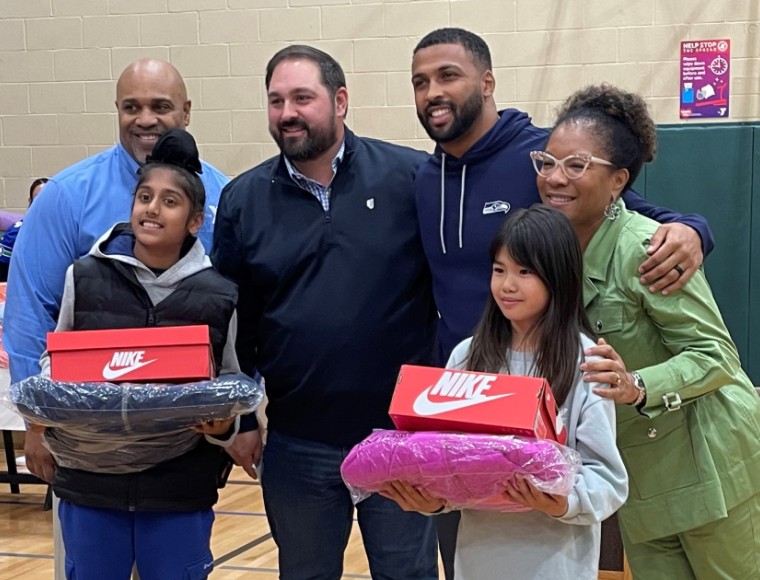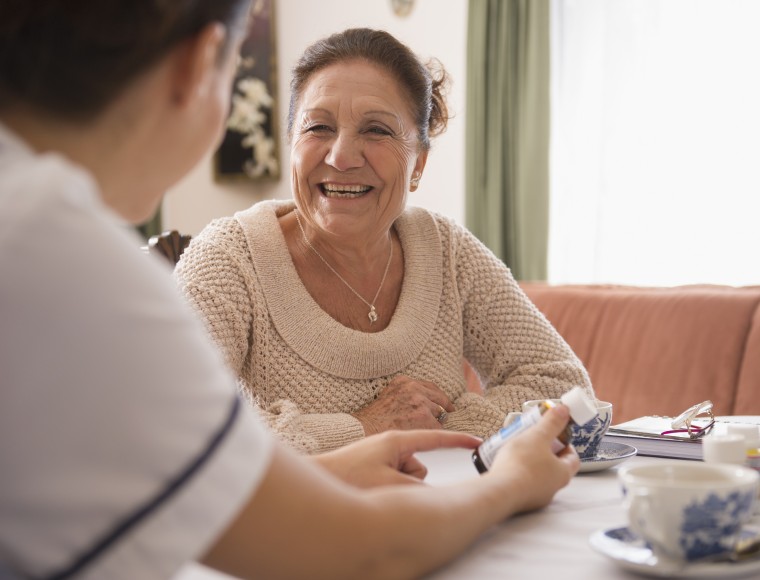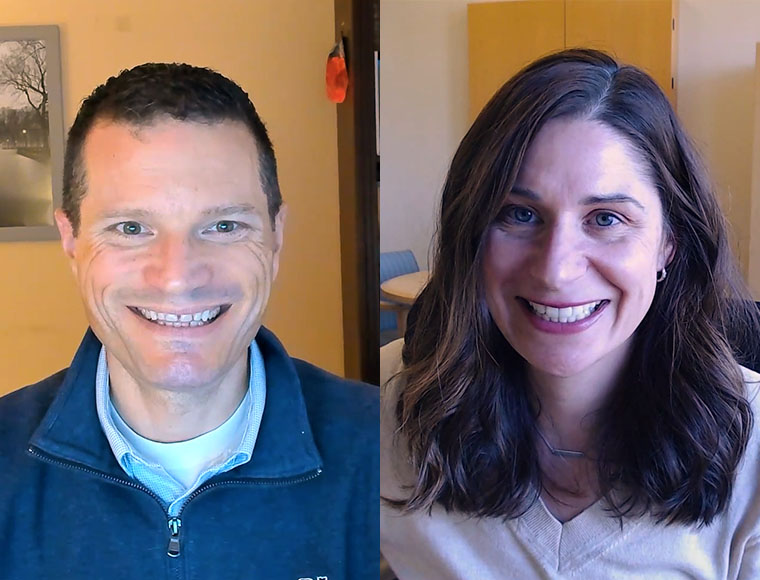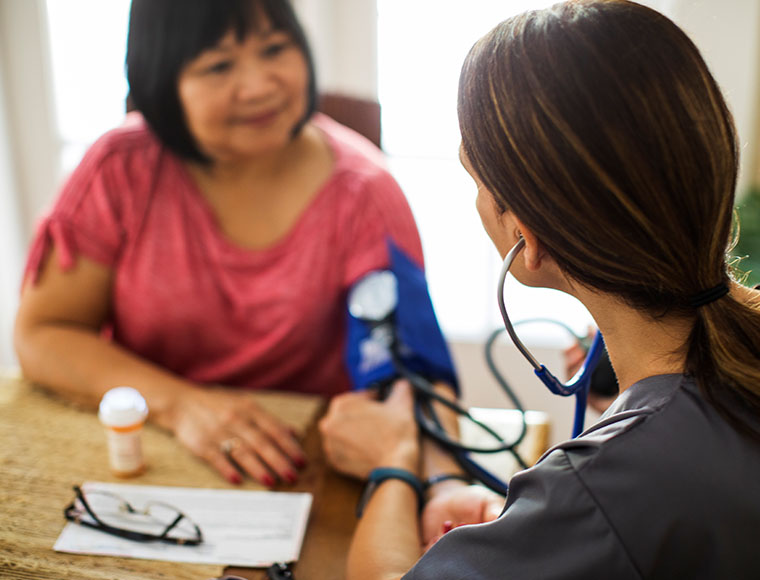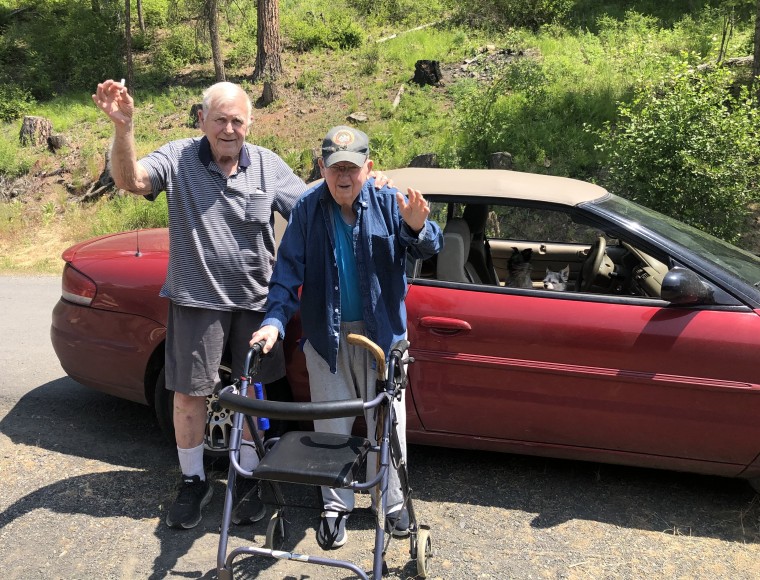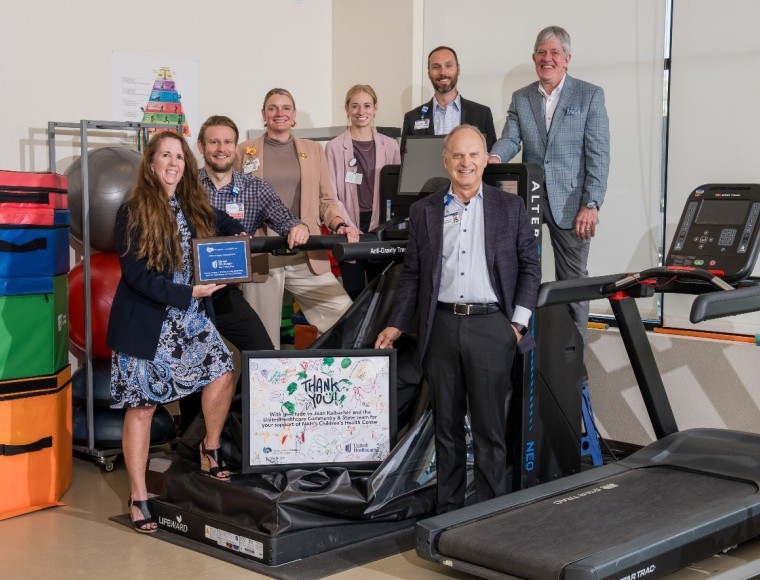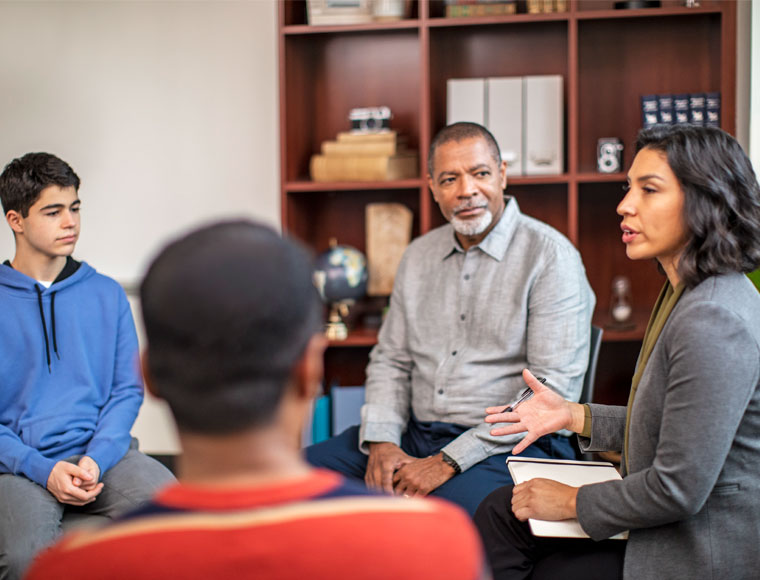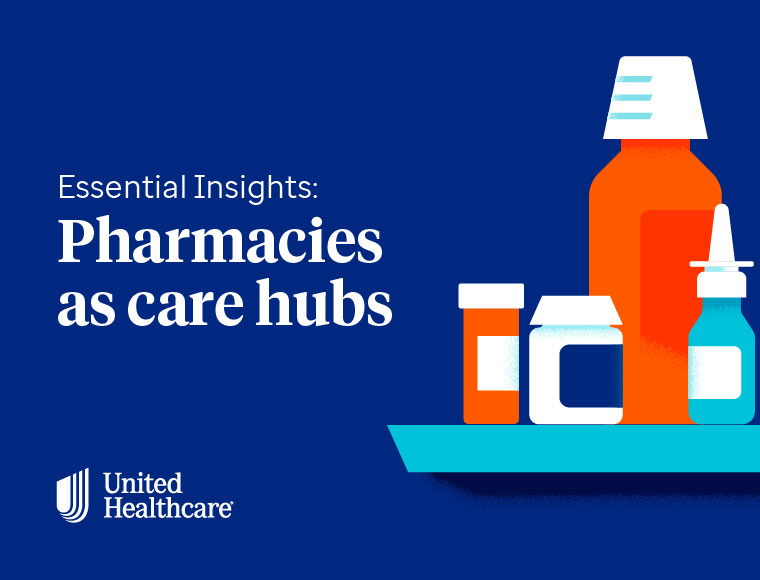At UnitedHealthcare Community & State, we believe in finding innovative ways to help transform the Medicaid ecosystem for partners, providers and members. Together with our community partners, we are learning how we can help people live healthier lives and make the health system work better for everyone. As the new year approaches, we reflect on the community action we have taken, the investments made, and what new insight has come to light based on these efforts.
Health equity
UnitedHealthcare Community & State reinforced its commitment to improving health equity and work to reduce health disparities.
- Through our UnitedHealthcare Catalyst™ initiative, we paired local perspectives and insights with data to define opportunity for community-led interventions to address health disparities. With this program, we have helped communities distribute food, improve maternal health outcomes, build better transportation access and address behavioral health needs.
- From Pareto Health Clinic in Jacksonville, Florida to UnitedHealthcare Community Plan of Arizona, we collaborated with providers and community-based organizations to reduce barriers to care, enhance the care experience for our members and achieve improved health outcomes.
- By bringing together leaders from our National Advisory Board and our Federally Qualified Health Center (FQHC) Board, we highlighted ways to Improve Primary Care for People with Disabilities. These conversations sparked action to support training programs, facilities and local collaborations that improved access to care for individuals with physical, intellectual and developmental disabilities, or complex health needs.
Social Drivers of Health
We have also seen that it is possible to create sustainable, enduring changes that improve community health by addressing social drivers of health (SDOH) including housing, physical environment and social support networks.
- Our multi-pronged community investment strategy, which has supported medically and economically under-resourced locations, positively served communities that have deeper needs. For example, we funded community grants that support existing nonprofit community-based organizations. These address a wide range of issues such as expanding affordable housing and investing in the infrastructure of vulnerable communities. We are seeing that together with our partners, we can make a difference.
- We have also begun to understand the connection between social isolation, loneliness and SDOH. Using a new screening tool, developed by the Centers for Medicare & Medicaid Services (CMS), we can identify social isolation as a predictive indicator of other social determinants, including housing instability, food insecurity, transportation challenges, and interpersonal safety.
Long-Term Services and Supports
Long-Term Services and Supports (LTSS) are person-centered solutions that meet an individual’s goals for independence and well-being. With an aging population and workforce pressures, there is growing awareness of the importance of a diverse, sustainable and dynamic LTSS infrastructure.
- Managed care can help consumers and states achieve their goals for supporting independence and improved outcomes. We highlighted the Advantages of Offering LTSS Through Managed Care as part of a series to improve awareness of LTSS policy and the benefits of integrated managed care offerings.
- Specifically, we addressed Improving LTSS Care Transitions Through Managed Care. Transitions are more common for individuals with disabilities and can make them more vulnerable to illness and declining health. A care manager can help members navigate the health system and communicate between primary care, specialists, and home care providers. The care manager can also recommend caregivers and support agencies to provide care to the member.
- We have also been partnering with our National Advisory Board (NAB) and Applied Self-Direction to delve into self-direction within LTSS programs. This multi-year project with the NAB focusing on self-direction in Medicaid has:
- Established better grounding in self-direction
- Explored differences in self-direction utilization across markets
- Gone deeper into understanding the consumer experience
Federally Qualified Health Centers
FQHCs serve one in five members of Medicaid. In 2022, our National FQHC Advisory Board has been studying how FQHCs and managed care can collaborate to better advance health equity (as noted above). This year we participated in several powerful examples.
- We saw how Holistic Care and Medication-Assisted Therapy (MAT) Improves Birth Outcomes when we collaborated with an FQHC in Tennessee that is working to improve outcomes for pregnant individuals with Opioid Use Disorder (OUD).
- We’ve supported FQHCs That Take Care of Students During Important Life Transitions. They were able to find innovative ways to help young adults with disabilities access primary care, behavioral health plus pharmacy, vision and dental.
- FQHCs are Helping Close the Health Care Gap in Rural North Carolina. Through the MOTHeRS Project we have been able to work with FQHCs to improve health outcomes for mothers and babies by eliminating barriers to care.
Tackling health inequities, addressing SDOH, sustaining LTSS, and collaborating with FQHCs have not only improved outcomes in 2022 but serves as a strong foundation for continued innovation and system improvements in 2023. We are grateful to our state partners, community leaders, advocates and above all — the members we serve — whose insight and collaboration make our work possible.
